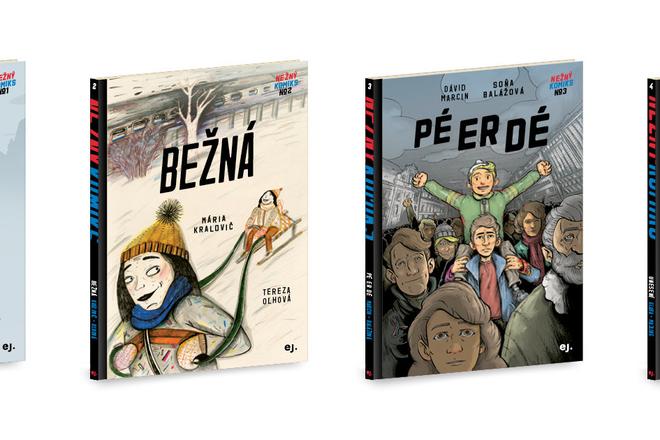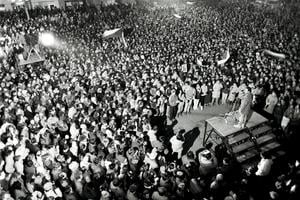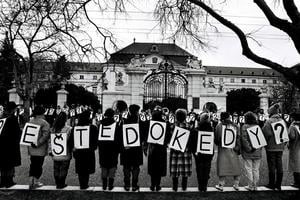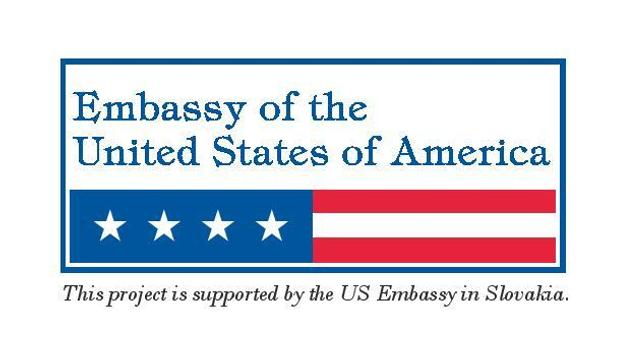A glossary of words is also published online.
Their aim is not to replace school textbooks, nor do they offer a perfect depiction of history. Instead, they offer stories, stories from the recent past.
This is how Velvet Comics – a series of four comics about the 1989 Velvet Revolution in then Czechoslovakia - is described by its authors.
Jana H. Hoffstädter, founder of E.J. Publishing, which is behind the series, said that by using the particular medium of comics they wanted to get young people interested in the Velvet Revolution.
“We hope this will get them interested in the revolution and they will ask their parents, grandparents about it, or ask questions about it in schools,” Hoffstädter told The Slovak Spectator.
Hoffstädter said that the feelings people had when they stood in the squares protesting or when they were at home in November 1989 as the revolution happened is hard to get across to people. But the comics are a way of at least giving people an idea of what it was like, she explained.
Published to mark the 30th anniversary of the Velvet Revolution this year, the comics, each produced by a different duo of Slovak writers and illustrators, tell four different stories about people experiencing the revolution.
Hoffstädter said that the comics format was chosen because, although highlighting the revolution through any medium is good, comics are visually attractive, can tell a lot in a short space, connect literature and fine art, often include humour and in this case offer an attractive alternative to traditional major sources about historical events, such as historical books and educational textbooks.
She said that the team behind the books wanted to tell the story of the revolution for people who did not have a chance to experience it themselves.
“We want young people to try to at least imagine what it would be like to live under oppression. We gained our freedom thirty years ago but there are still places in the world where, even today, freedom is not a matter of fact. Whatever freedom means, we need to remind ourselves of it,” she said.
The comics are available in major bookstores, such as Panta Rhei, Martinus, and others, around the country.
The Spectator College is a programme designed to support the study and teaching of English in Slovakia, as well as to inspire interest in important public issues among young people.



 Covers of comics (source: Courtesy of E.J.Publishing)
Covers of comics (source: Courtesy of E.J.Publishing)



